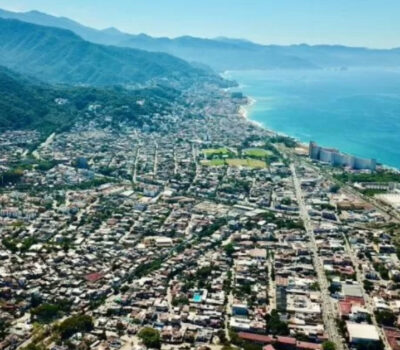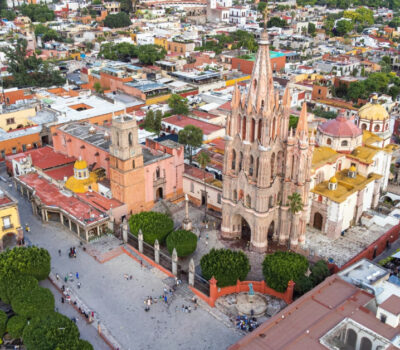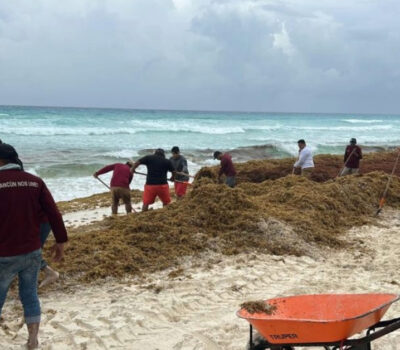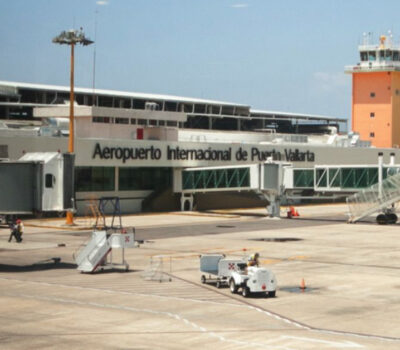Even if Eloisa Vasquez Morales had enough money to leave Ciudad Neza, once a sprawling slum and now a scrappy suburb east of Mexico City, the young mother says she would stay.
So would Juan Francisco Perez Buendia, a government housing official, as well as . . .












